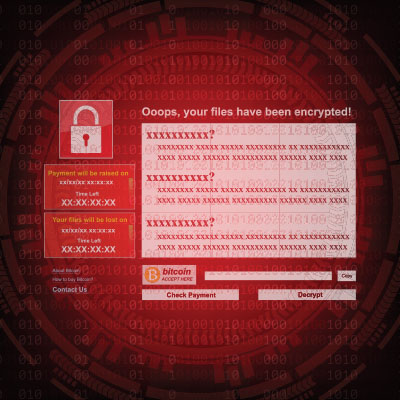As business computing goes, ransomware poses the most significant threat. That’s why it’s imperative for organizations to proactively address this menace head-on. Today, we propose a comprehensive three-part strategy that can help your organization sidestep ransomware.
Ransomware is a real problem; I mean, a real problem. Not only does it create serious problems for any organization that is victimized by it, it is about to be a completely pervasive problem for everyone. It is extremely important for your organization to take the threat of ransomware seriously by implementing a strategy to keep it from being an issue. Today, we offer a three-pronged approach to doing just that.
Digital storage has been evolving with the development of reliable and long-lasting devices with extremely fast storage and massive storage capacity. The innovation of the solid state drive (SSD) has changed the outlook of storage somewhat, but large-capacity SSDs can be expensive. The hard disk drive (HDD) is still a cost-effective alternative, but it is a mechanical device, which, over time, will be prone to failure.
When a disaster strikes your business and your important data is compromised, can your business recover? Can it recover quick enough for it to not be irreparably damaged? Could you even conduct business without the lost data? How much downtime can your business even take?
No matter where your business calls home, it will be vulnerable to some sort of disaster, whether it’s a natural disaster that wipes your office off the map or a cyberattack that cripples your data infrastructure. You don’t have to resign yourself to this fate, though; with the appropriate tools, your business can survive just about anything and keep operations going even under the worst circumstances.
A good data backup protects your business’ information (and because of this, the business itself) from a wide variety of threats. Of course, to accomplish this effectively, a data backup needs to itself be secure and reliable. Let’s take a few moments and go over a few practices and policies you would likely find it beneficial to adopt.
When you have a thorough and powerful data backup strategy in place at your business, you are protecting your operations, your employees, and your customers from an array of terrible scenarios. Unfortunately, many businesses don’t think of data loss in the terms it should be considered in, a complete travesty. Today, we thought we would briefly describe the long and short of data backup and recovery practices that can put your business in a position to secure and restore your data should it be corrupted, destroyed, or stolen.
A business’ data needs to be considered a priority, which means that its protection should be prioritized accordingly. One facet of doing so is maintaining a backup with a strategy in compliance to best practices. To accomplish this, your backup should feature something that isn’t often considered a benefit: redundancy.
Part of being a successful entrepreneur is having a positive mental attitude. After all, pessimists wouldn’t make it far. Stats, however, tell a story regardless of a business owner’s perception. Statistically, most businesses will have to deal with some sort of “disaster”. That is: a situation where your business will be very much at risk. For this reason, we recommend BDR.









